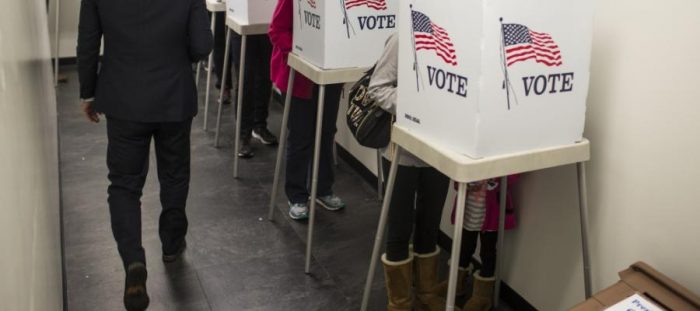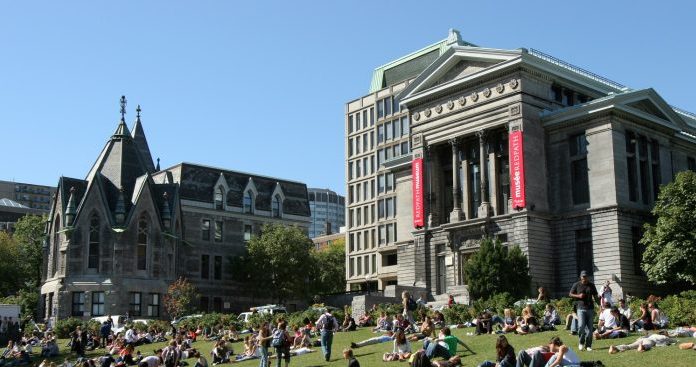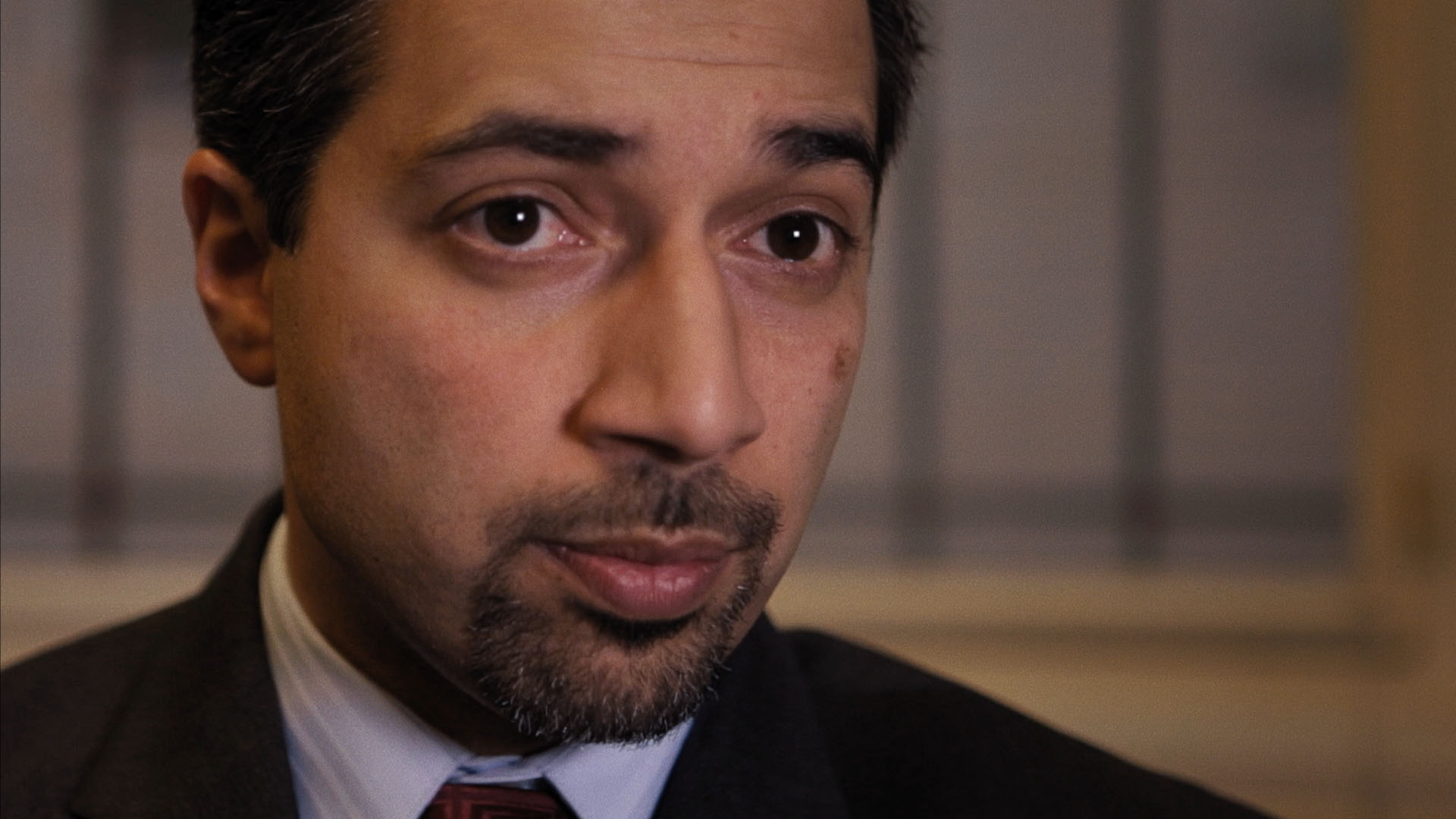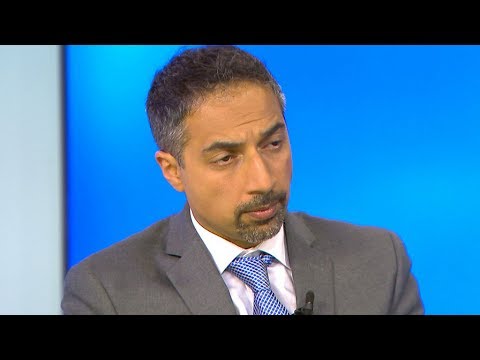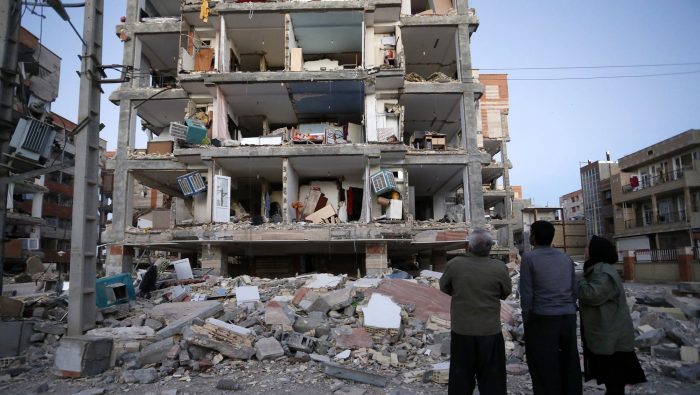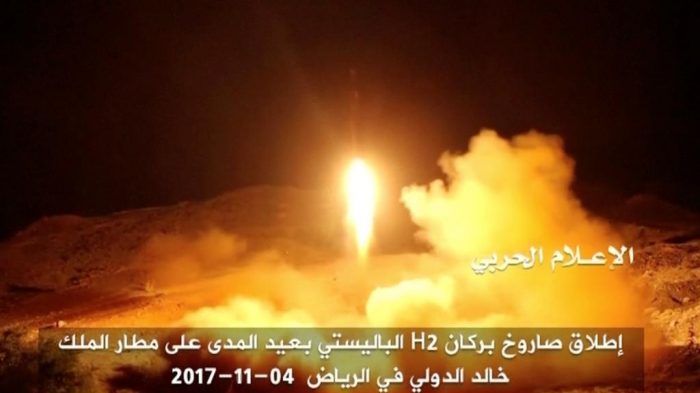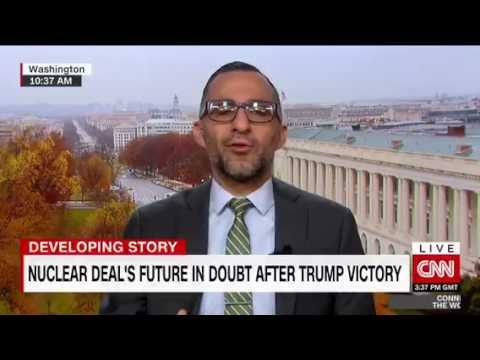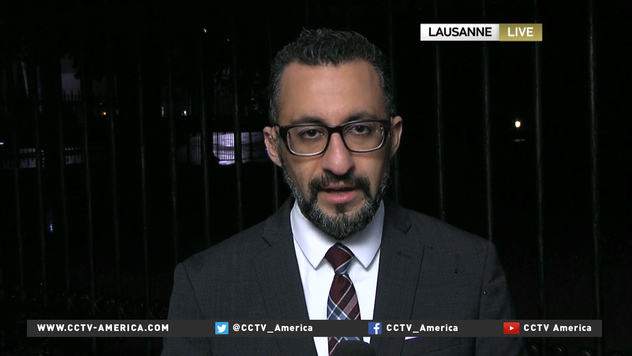One of the drawbacks for the Iran lobby’s leading organizer, the National Iranian American Council, has been that with investigative journalism and lawsuits the truth about its ties to the Iranian regime have come out and colored the perception of it as a true non-partisan, human rights group only interested in advocating for the welfare of Iranian-Americans.
In truth, the group’s links to the regime and its almost-cult-like obedience to supporting the regime and not criticizing it has left it open to legitimate charges of being an Iranian regime front group and nothing more.
This has been especially damaging towards the larger Iranian-American community which has shown a broader and deeper willingness to question the NIAC’s motives, especially as the Iranian resistance movement has made tremendous inroads in building ties to the broader Iranian diaspora scattered since the Islamic revolution that stole their homeland.
The damage to the NIAC has come especially in the wake of the nuclear agreement two years ago and the much-promised democratic reforms that the NIAC claimed would come as a result have become illusory.
In fact, Iranian-Americans have become alarmed at the level of brutality and violence shown by the regime and its blatant targeting of dual nationals; resulting in several notable Iranian-Americans being arrested and held without trial or charge and used only as potential chips in political bartering.
These same Iranian-Americans have also been horrified by social media postings from friends and relatives in Iran showing the brutal crackdowns on recent protests flooding throughout Iran from ordinary Iranians struggling to survive in an essentially a war-time economy.
But Trita Parsi and other leaders at the NIAC are not idiots. They recognize the futility of trying to cover for the regime when Iranian women are being rounded up and tossed into prison for simply taking off their headscarves as a sign of solidarity with protestors.
That is why the NIAC has launched an effort to participate in voter education campaigns in Northern California in San Mateo and Sacramento counties; both with sizable Iranian populations.
On the surface, the voter education efforts are pretty innocuous; designed to help educate voters, translating documents to Persian and conduct outreach. The efforts are funded by grants from the Hopewell Fund and the Future of California Elections. It would be interesting to know if either organization is aware of the NIAC’s ties to the Iranian regime’s leadership and its record of shilling for Iran in the face of mind-boggling human rights violations.
For the NIAC though the voter outreach is important in presenting a different face to the Iranian-American public beyond constantly braying for a nuclear agreement that has not worked in curbing the violent excesses of the mullahs.
Parsi and his colleagues also know that constantly defending the regime and the nuclear agreement from near-constant assault from President Donald Trump on down to columnists and bloggers is nothing more than a rear-guard action now and the NIAC is rapidly becoming impotent on the topic.
That leaves them working to rebuild their image and re-legitimize themselves in the eyes of the one community their mission statement claimed to represent all along. Unfortunately, because of the policy of appeasement adopted by the Obama administration, the NIAC found a home with progressive Democratic organizations and as such needs to work for their political advancement as its only means of survival.
That loyalty to Democratic aims is on display on Parsi’s social media feeds in which he regularly retweets political postings that often have nothing to do with the welfare of Iranian-Americans, but reinforces his progressive credentials.
All of which is odd since Parsi and the NIAC have done a rather piss-poor job of supporting for example the rights of women in Iran in regards to employment, misogyny laws, dress codes and imprisonment.
Oh, Parsi might send out the odd tweet about a woman prisoner or specific case, but will not condemn the theocratic system in Iran which dispenses so much misery on a mass scale.
This is also why the NIAC has taken up the cause of illegal immigration and trying to tie to Iranian-Americans claiming that Trump administration is anti-Iranian, not anti-terrorism. It is an ironic position to take since the U.S. is not the one throwing Iranian-Americans into prison, but rather the Iranian regime is doing that.
Inconsistency of thought has never been a problem for Parsi as he literally bends like a pretzel to accommodate the excesses of the Iranian regime. For Parsi, he go-to messages points are always to blame Saudi Arabia, etc.; claim that anyone opposing the regime is a war-monger and that there are lots of moderates fighting the good fight within Iran’s government.
Fortunately, due to the hard work of investigative journalists, blogs such as ours (if we can toot our own horn) and landmark disclosures through lawsuits, the broader truth about the NIAC’s true aims have come to light.
All of which may go a long way towards explaining why the Iranian-American community is not a broad supporter of the NIAC. The benefits and results directly affecting this community through the NIAC’s advocacy are few and far between.
So while the NIAC is busy trying to educate voters in Northern California, the broader Iranian-American community, especially in the greater Los Angeles area (which contains the largest Iranian diaspora community outside of Iran) has been largely silent in supporting the NIAC, but has been a vocal booster of the Iranian resistance movement both financially and politically, including support for the National Council of Resistance of Iran.
And that must concern Parsi very much.
Michael Tomlinson
